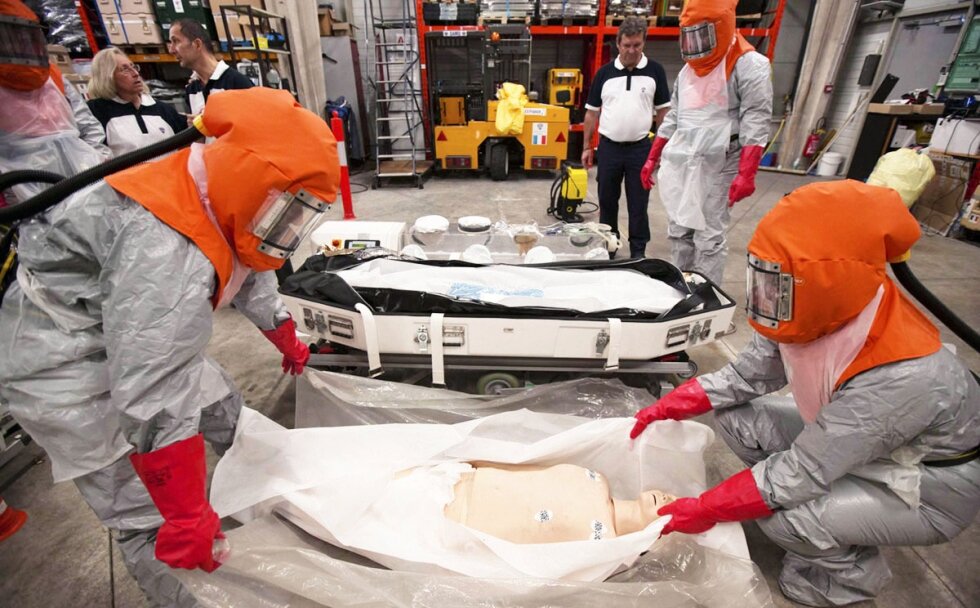Recently Ebola has been one of the most discussed topics that inserts fears and panic in the minds of many. The threat of epidemic has inspired some extreme reactions that resemble a scenario of apocalyptic movie.
Is the Ebola hysteria justified in reality? Indeed the disease has a high fatality rate and a rapid transmission speed. The regions that are most affected are Sierra Leone, Liberia and Guinea. According to the data of the World Health Organization (WHO) around 10,000 people have contracted the disease, while almost 5000 people have died so far. Furthermore, new cases pop up at different places of the world.
Despite the severity of the situation, there are two facts that should be pointed out. First, Nigeria – Africa’s most populated country, was declared “Ebola – free.” Although it is placed at the heart of the epidemic, the state succeeded in handling the problem. This, as you can guess, is not due to an advanced health system. Rather the fast reactions and the thorough preparations helped stop the further spread of the disease. After the first Ebola signs, the country was quick to create emergency centers and raise the public awareness. Imagine a city of 20 million people, such as Nigeria’s capital Lagos, faced with the possibility of a huge epidemic. Nigeria’s success may be viewed by some people as a lull before the storm. The undeniable fact, though, is that a good management, fast reactions and public involvement are enough to handle an extreme situation. Nigeria is an example that, if caught in time, Ebola spread can be prevented.

Other promising news is that most of the infected people outside Africa have recovered. Furthermore, the number of new cases in Europe and US has declined. An epidemic of the same character as the one in Africa is less likely to occur because of several reasons. First the health system in the Western countries is more developed. The same goes for the hygienic conditions. Good organization and crisis management are essential when dealing with extreme situations. These factors drastically lower the chances of epidemic of the same rank in the Western countries.
The degree of disease contagion should also be taken into account. The virus is transferred from wild animals to humans. Due to the fact that it exists in the bodily fluid, the infection can be transmitted via human – to –human direct contact and droplet spread. This means that the only way to get contaminated with the disease is by touching or exchanging bodily fluids. There is a considerable possibility of potential infection, but with the proper measures the virus spread can be controlled.
There are five different types of Ebola viruses, with Zaire ebolavirus being the most lethal. Three of them, including the most dangerous one, recently emerged in West Africa. The disease is not new to the region. The first cases of Ebola were registered in 1976 in remote African villages. The disease didn’t lead to any major outbreaks and since then there have been several death cases.
Individuals infected with the virus usually display symptoms that are not specific and can be confused with malaria or meningitis. The first signs are usually fever, sore throat, headache and muscle pain. Patients in more severe stages display symptoms such as vomiting, diarrhea, impaired kidney and liver function and in some cases internal or external bleeding.
As scary as this may sound, there is no evidence of a real threat of Ebola epidemic in Western countries for now. This in any case does not undermine the scale of gravity of the situation. There is no use of overreaction either. With proper preventive measures, adequate reaction and public involvement, the disease at the current time is manageable.
If you are still concerned you can always call an experienced reliable man with van professionals and move your home away from big cities, where the threat is always bigger.
